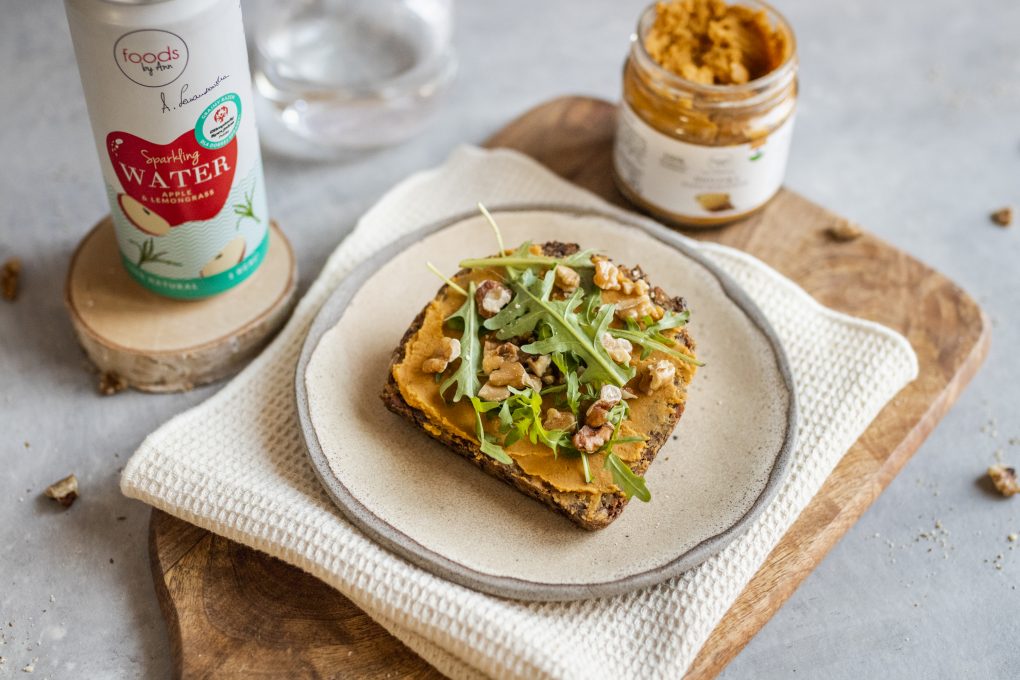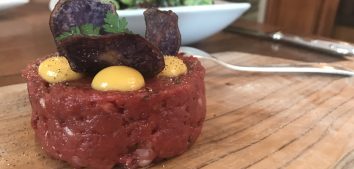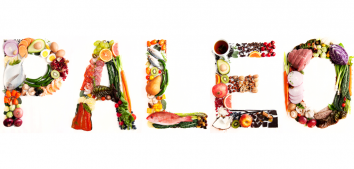
How to Eat Less Salt? Practical Advice
Have you read my last post about the consequences of excess sodium intake? You will find it HERE. Today I would like to return to this topic and expand it with 5 practical tips that will help you reduce the amount of salt consumed in your daily diet. Check out what you can do! 🙂
1. Label – Your Shopping Guide
First of all, pay attention to food labels. Take into account the list of ingredients, remembering that they are listed in descending order – the less of a given ingredient in the product, the further it is on the list. In addition, take a look at the nutritional charts. Manufacturers include information on the salt content in 100 grams of the product and per portion. As a result, you can estimate how much salt you will get into your body by eating a given product.
2. Processed Foods under Scrutiny
You know very well that highly processed foods are products which contain the most salt, and often also sugar. Try to limit the amount of salty snacks, sweets, ready-made meals and fast food in your diet. Salt is also present in large amounts in cold meats and some cheeses. Instead of ham or cheese, you can prepare sandwiches with home-made meats (e.g. roast chicken breast, seasoned with herbs and sliced) and vegetable spreads (made of hummus, lentil, eggplant, avocado).
3. Adding Salt to Your Meal
This is one of the habits that should be eliminated as soon as possible – adding salt to the dish on your plate. Put the salt shaker in the cupboard and add salt to your dishes only at the end of cooking. Thanks to this, you will avoid a situation in which the salt “evaporates” (e.g. with boiling water). Moreover, I encourage you to use natural spices and fresh herbs first. It may turn out that they will give your dishes more flavor, and you’ll see that salt is not necessary or only a small amount is enough.
4. Natural spices and herbs
It sometimes happens that ready-made spice mixtures whose first ingredient is salt are the only spices used in cooking. Fortunately, there are more and more products that contain only dried vegetables. Be careful with all spice mixtures and ready-made dry bases for sauces and salad dressings. Remember that a tasty salad dressing can be easily prepared yourself from a few basic ingredients (e.g. good quality oil, lemon juice, herbs, honey). Check what spices you have in your kitchen. Maybe it’s time to replenish the collection…? Marjoram, thyme, lovage, smoked paprika, rosemary, nutmeg – it’s time to discover new flavors! Do you agree with me that fresh herbs on the windowsill are the most beautiful decoration of every kitchen?
5. Advanced solutions
Perhaps some of you suffer from cardiovascular diseases or are at increased risk of these diseases and want to take care of this area of health now. In this case, I recommend getting to know the rules of the DASH diet. Apart from the Mediterranean diet, it is one of the best-studied nutritional models created for people with hypertension. This type of diet includes, among others: high consumption of fresh vegetables, fruits, whole grains, nuts and legumes, moderate amounts of dairy products and limited salt consumption.
How can you start reducing your salt intake if you have always had a salt shaker on your table and processed snacks were your everyday go-to snacks? Do it gradually! Analyze the solutions I’ve just described and choose the one that is the easiest for you to implement. Good luck! 🙂
Bibliography:
- Theodoridis X, Chourdakis M, Chrysoula L, et al. Adherence to the DASH Diet and Risk of Hypertension: A Systematic Review and Meta-Analysis. Nutrients. 2023;15(14):3261. doi: 10.3390/nu15143261.
- Zalecenia zdrowego żywienia. NIZP-PZH; 2020.










Comments No Comments
Join the discussion…